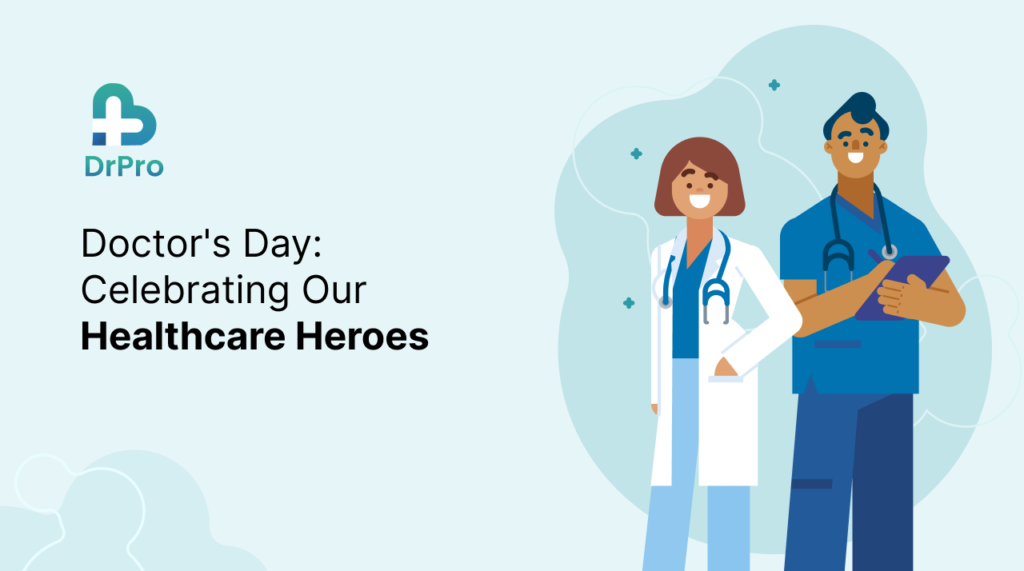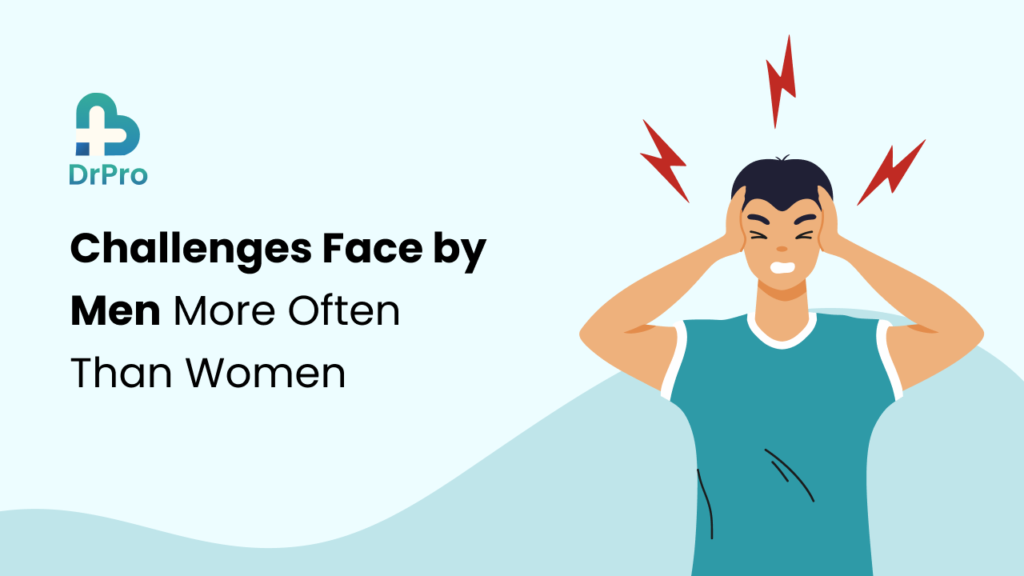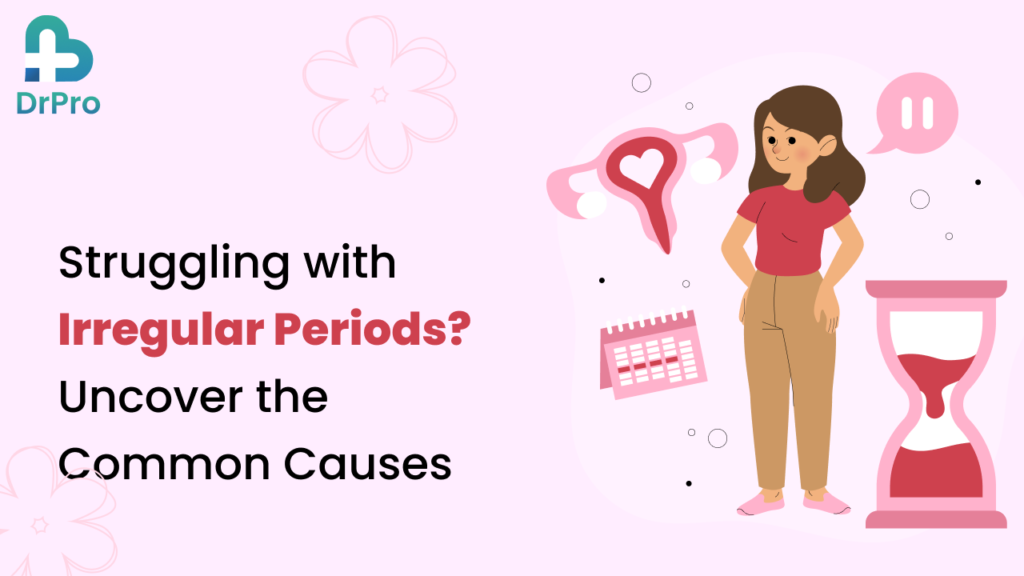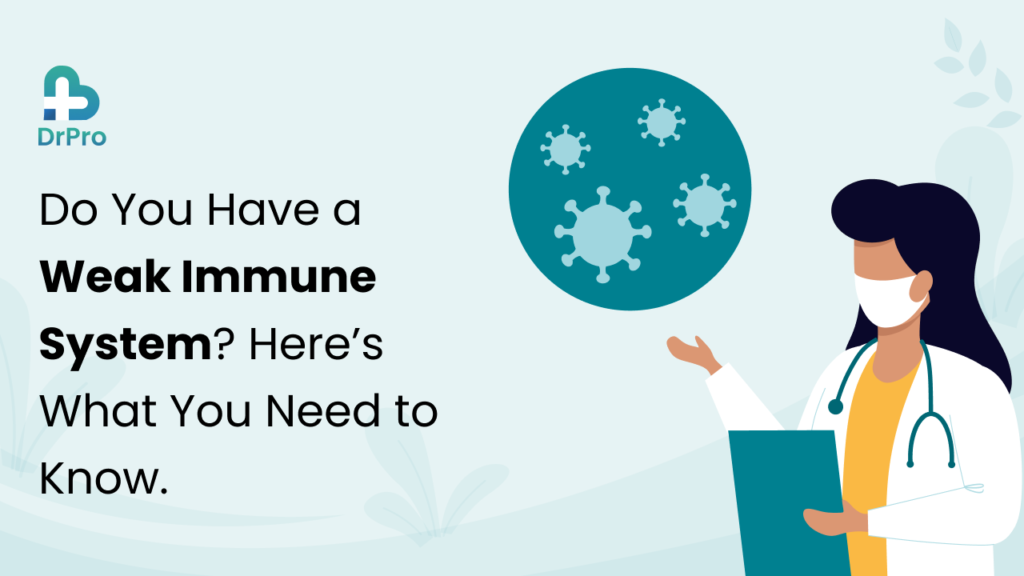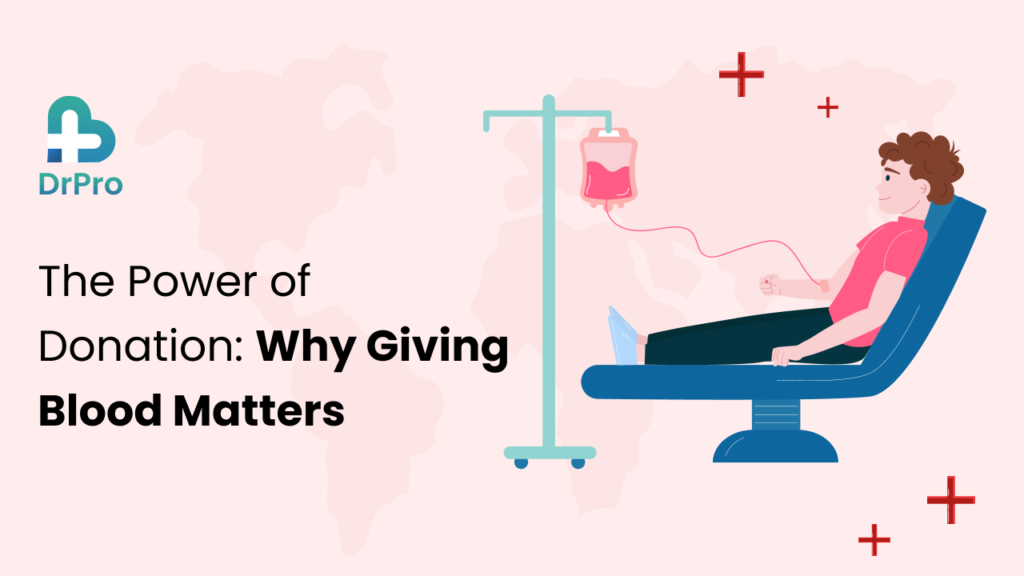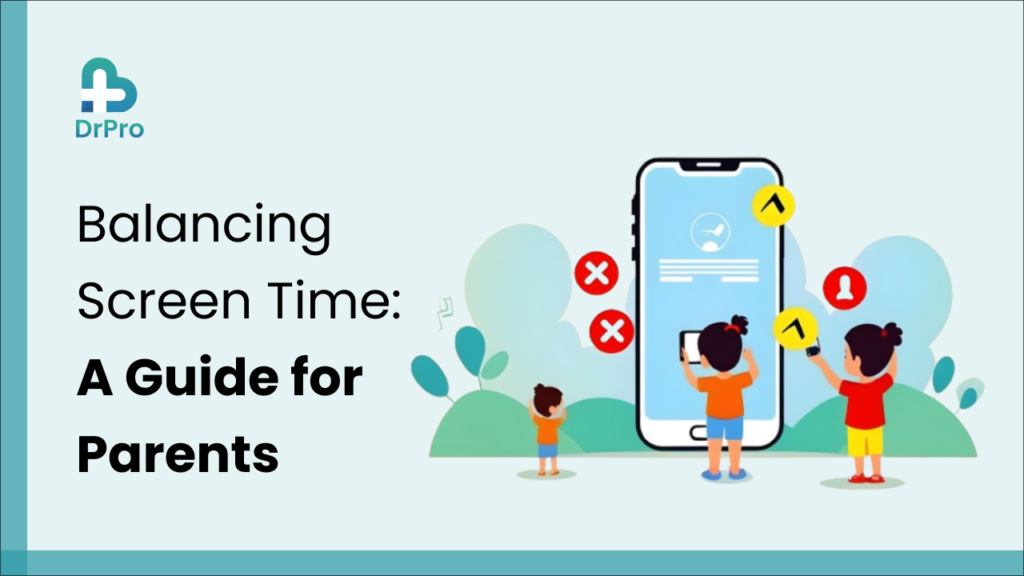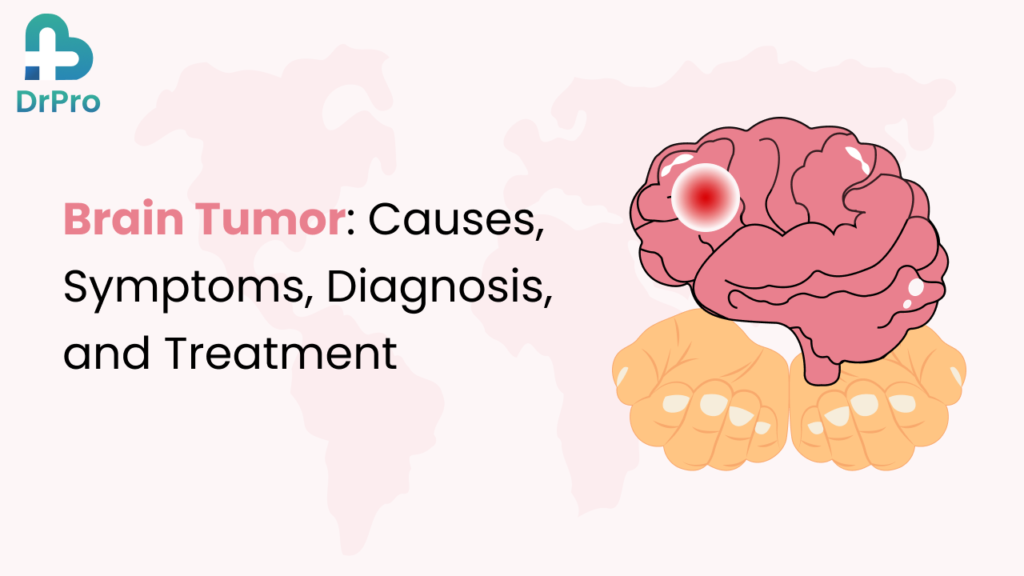
The Future of Healthcare: How DrPro is Transforming Clinic Management
Healthcare is the present process of fast transformation, driven using technological improvements and a growing call for for efficient, patient-centered solutions. At the leading edge of this evolution is DrPro, a complete hospital management answer designed to address the important demanding situations confronted by way of modern healthcare vendors. With its consciousness of streamlining workflows, improving patient experience, and making sure of robust statistics security, DrPro Clinic Management is gaining new popularity for sanatorium operations. Challenges Handled via DrPro In a hospital setting, inefficiencies can cause longer affected person wait times, errors in scientific data, and bottlenecks in administrative workflows. Here are some of the enormous demanding situations DrPro addresses: 1. Fragmented Workflows Managing appointments, medical records, billing, and affected person communique regularly entails juggling a couple of systems. This fragmentation can lead to miscommunication, duplication of effort, and decreased efficiency. DrPro Clinic Management integrates all vital functions right into a unified platform, removing redundancy and improving collaboration across teams. 2. Patient Dissatisfaction Patients frequently face delays, perplexing billing procedures, and confined interplay with their healthcare vendors. DrPro Clinic Management offers tools like computerized appointment scheduling and clean billing solutions, improving overall patient delivery. 3. Compliance and Security Risks Data breaches in healthcare are at an upward push. Clinics must follow regulations like HIPAA to shield sensitive affected person statistics. DrPro Clinic Management prioritizes data encryption, secure admission to controls, and compliance functions, supporting clinics to meet regulatory necessities. 4. Time-Intensive Administrative Tasks Routine obligations like filing patient facts, generating invoices, and handling workforce schedules eat widespread time. DrPro automates a lot of those methods, permitting healthcare companies to attention to turning in high-quality care. Streamlined Workflows: Redefining Efficiency in Clinics One of the standout capabilities of DrPro Clinic Management is its ability to streamline workflows, which is essential for busy clinics coping with numerous sufferers each day. Centralized Operations DrPro Clinic Management integrates center capabilities along with appointment scheduling, billing, and affected person file control right into an unmarried platform. This reduces the want for separate software solutions and creates a seamless glide of data. For example, as soon as a patient schedules an appointment, their information automatically syncs across relevant modules, ensuring readiness for their go-to. Automation in Action Automation plays a pivotal position in decreasing manual mistakes and saving time. With DrPro Clinic Management, repetitive duties like sending appointment reminders, producing invoices, and updating patient histories are automatic, giving hospital staff greater time to cognizance on affected person care. Enhanced Coordination In multi-distinctiveness clinics, coordination between departments can be a task. DrPro ensures that each team, from reception to scientific practitioners, has to get admission to actual-time information, enhancing communication and collaboration. Enhanced Patient Experience Delivering a super-affected person experience is vital for constructing consideration and loyalty in healthcare. DrPro Clinic Management empowers clinics to fulfill and exceed patient expectations. Simplified Appointments DrPro’s intuitive appointment reserving gadget allows sufferers to timetable visits at their comfort. Automated reminders lessen no-indicates, making sure green time management for each patient and provider. Transparency in Billing Billing mistakes and opaque strategies frequently lead to affected person dissatisfaction. DrPro’s transparent billing gadget guarantees that sufferers apprehend the expenses associated with their care, improving agreement with and lowering charge disputes. Improved Communication Through included communique gear, DrPro permits clinics to maintain a steady and clear conversation with patients. Features like observe-up reminders and feedback surveys decorate patient engagement. Faster Check-ins and Shorter Wait Times With digital pre-registration and streamlined workflows, DrPro Clinic Management minimizes waiting times. Patients can entire vital bureaucracy online, permitting clinics to manage their time extra correctly.


